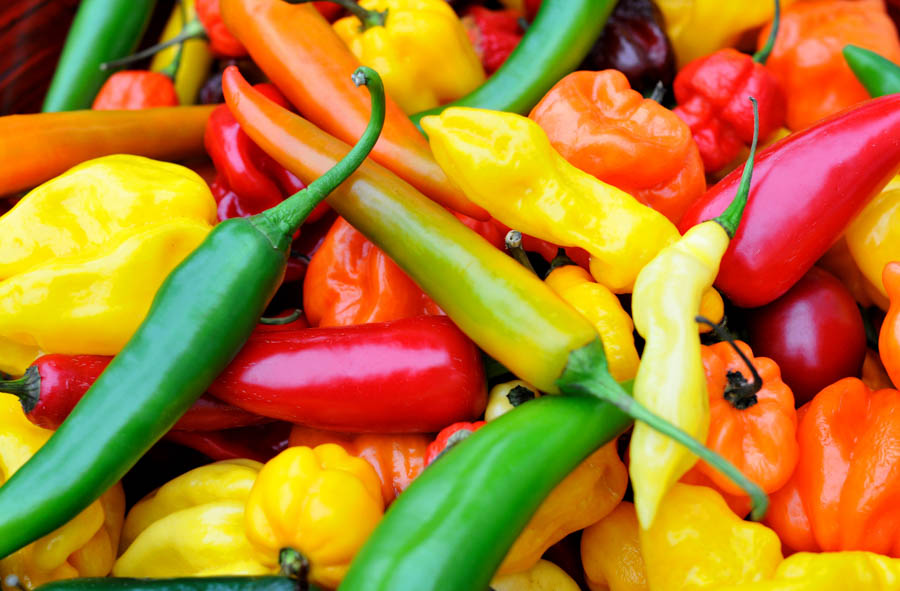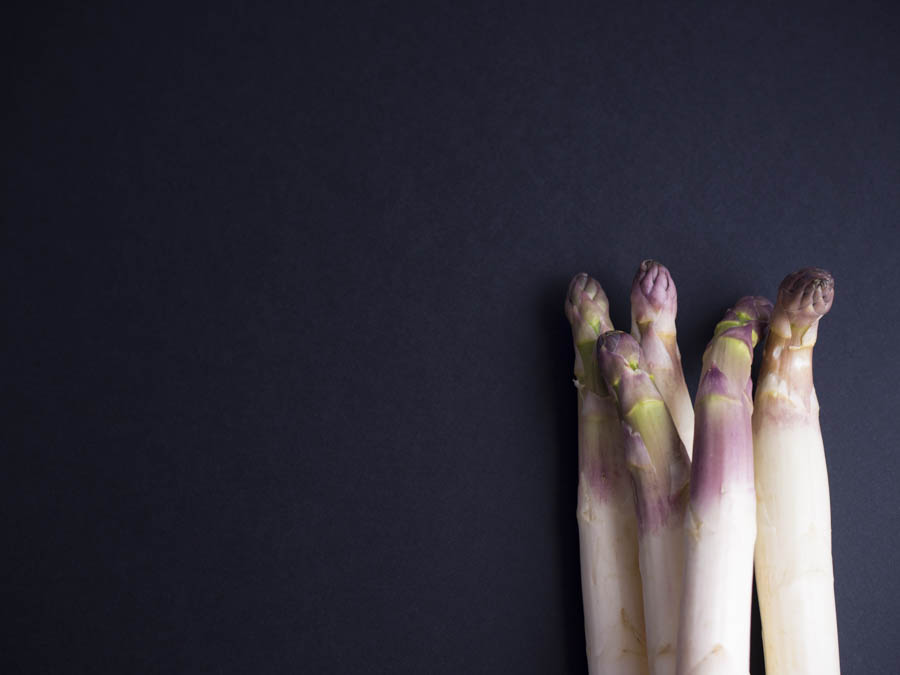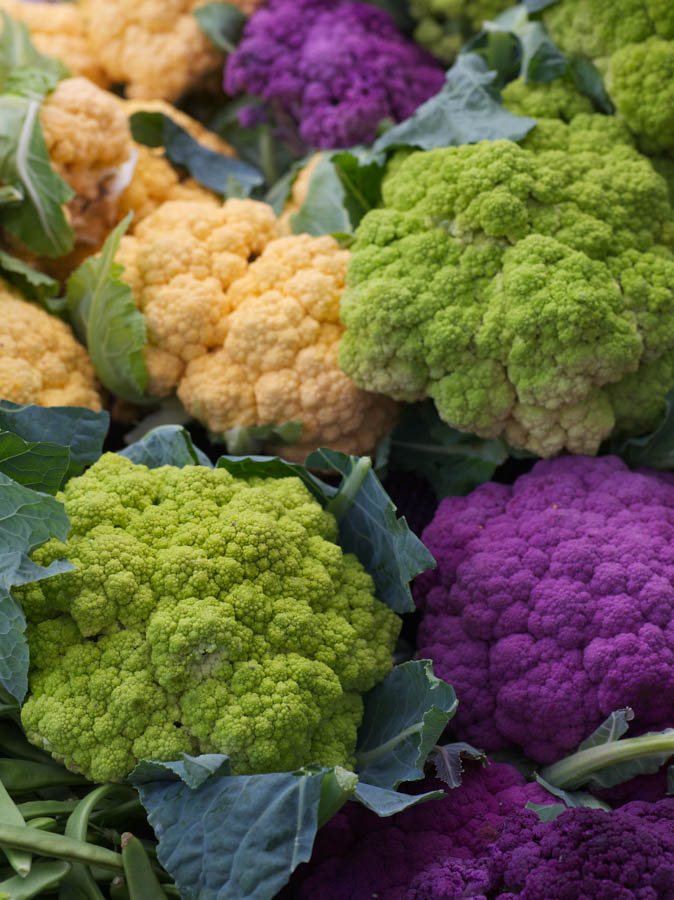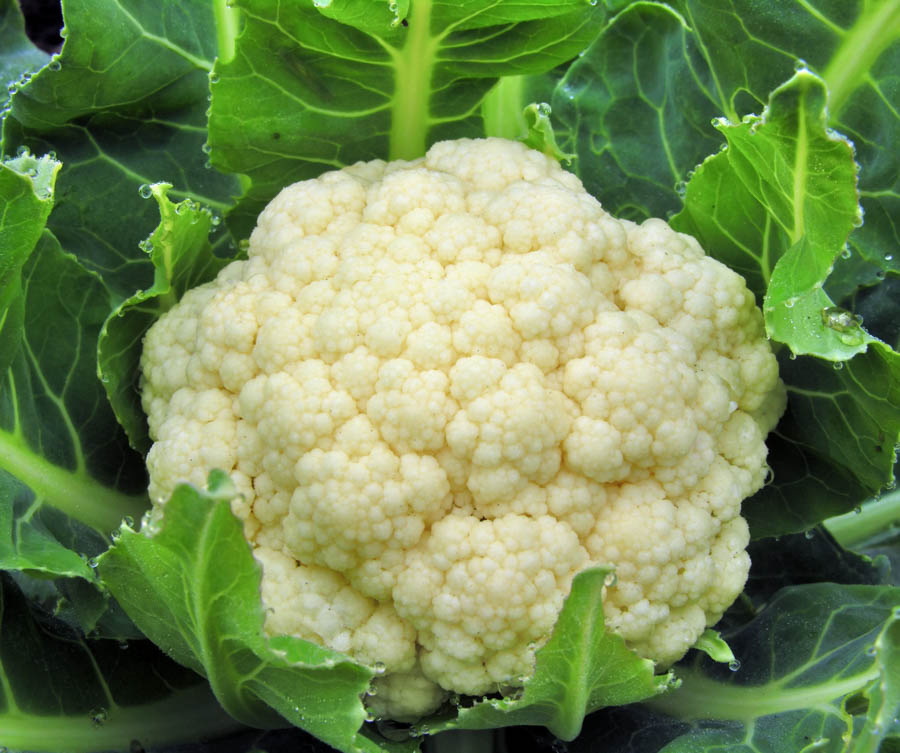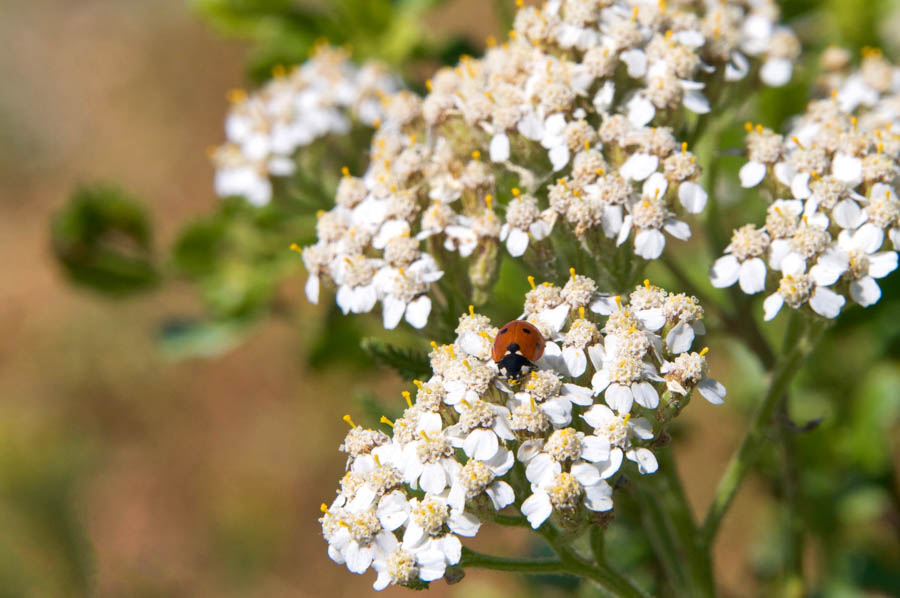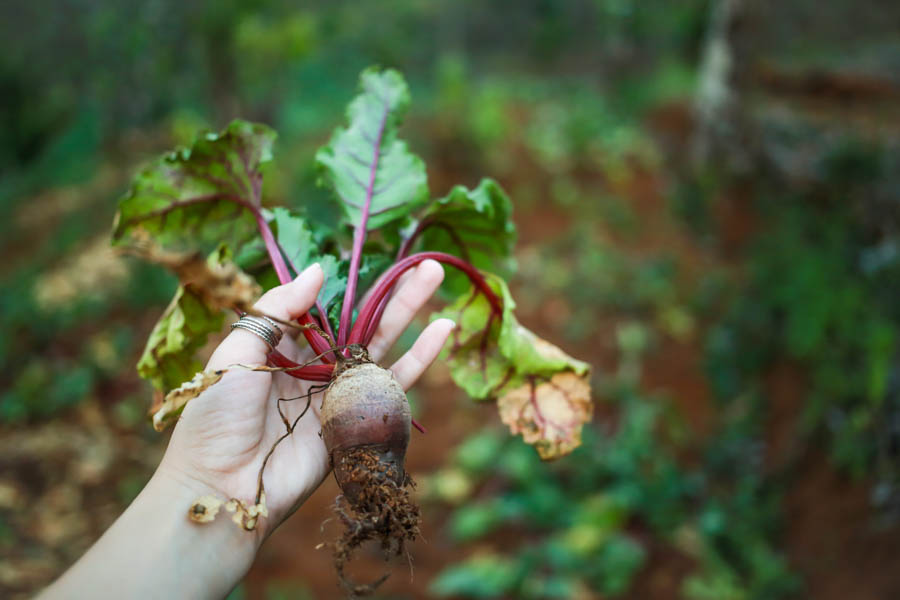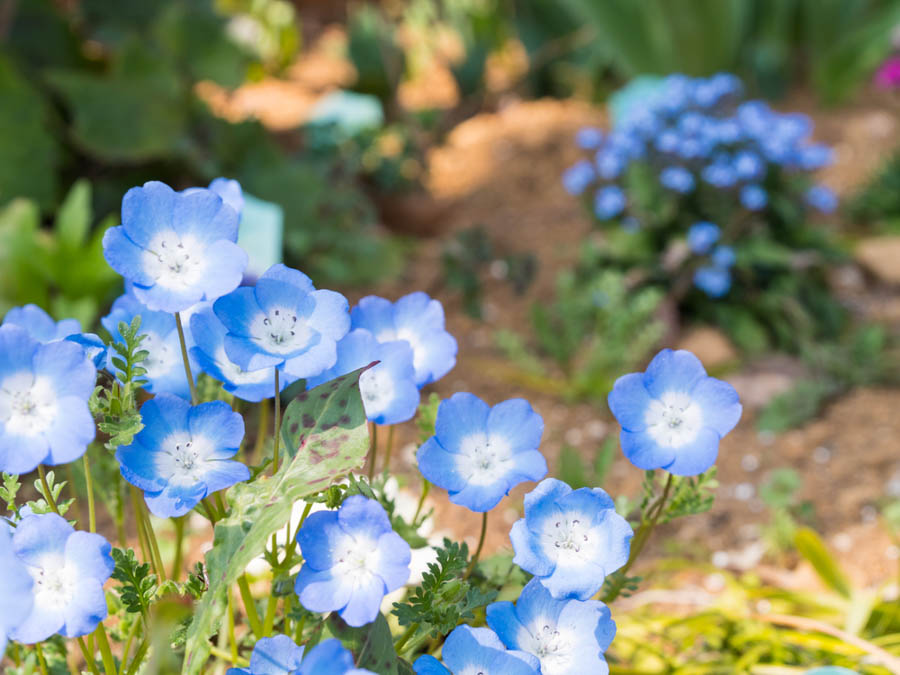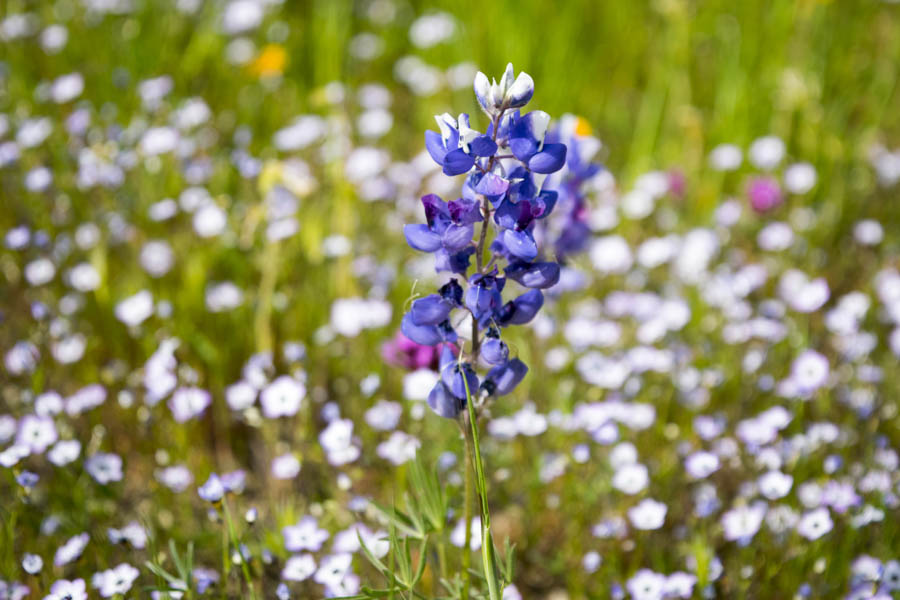Dig in
Tips for Storing and Preserving Hot Peppers
Peppers may be stored fresh, frozen, pickled or dried. Peppers will continue to ripen after being picked. Store peppers at room temperature to encourage ripening. To slow the ripening process, store peppers under cool conditions. Under ideal storage conditions of 45 to 50° F and 95% relative humidity peppers will store 2 to 3 weeks. […]
Read More
How to Grow White Asparagus
Do you love the sophisticated look and delicate flavor of white asparagus yet pause at its price in the grocery store? White asparagus has a more delicate flavor from green asparagus and requires a slightly different growing method. Here are our tips. To grow white asparagus, blanch stalks by mounding soil before the plants […]
Read More
6 Tips for Growing Cauliflower in Mediterranean Climates
Although cauliflower will remain vulnerable even during the cool season to both warm and cold extremes, it can be grown successfully. GardenZeus expert Darren Butler recommends that you give it a try, despite its reputation for difficulty. Here are 6 tips for growing cauliflower over the winter in warm Mediterranean climates. 1) Select appropriate varieties. […]
Read More
Advanced Tip: Cauliflower and Companion Planting
What to plant with cauliflower, a vegetable with a reputation for being somewhat fussy and difficult? Cauliflower is traditionally planted with beans, peas, spinach, and celery. It may benefit from being planted near herbs such as sage, dill, and chamomile. GardenZeus expert Darren Butler generally disagrees with most claims about usefulness of companion planting with cauliflower […]
Read More
What Does a Carrot Look Like in a Sustainable Garden?
We all know what a carrot plant looks like—a stocky root with greens on top—but in a sustainable or ecofriendly vegetable garden, maybe not. Healthy, vigorous carrots in full flower can be a sight to behold, and bear little resemblance to carrots when harvested or purchased for eating. Often reaching a few to several feet […]
Read More
Fava Beans in the Sustainable Garden
Fava bean plants make an ideal addition to a sustainable landscape. In addition to their role in enriching your palate and diet, fava beans also enrich your soil through the nitrogen fixing bacteria that live on their roots. Plant fava beans in the fall, and they will protect your soil throughout the winter by preventing […]
Read More
The Road Less Traveled: Vegetable Juice Enthusiast to Gardener
October 13, 2017
Down and Dirty Southern California Gardening
/ Organic Gardening: Vegetables
/ The Mighty Garden Archive
By: Ann Clary
Vegetable juice enthusiasts may be interested in beets primarily for their leaves, which for some are a staple for fresh, raw vegetable juicing. GardenZeus expert Darren Butler observes that there are many paths to becoming a gardener, and he believes that it is merely a hop, skip, and a jump from being a veggie juicer […]
Read More
Baby Blue Eyes: The Versatile California Wildflower
Baby Blue Eyes, Nemophila menziesii, are among the most versatile of California native wildflowers. They are often found as one part of a wildflower collection, but they can also be used effectively in a more formal garden setting, such as in a border or cascading over the edge of a container or wall. And Baby […]
Read More
Sky Lupine: A Lovely California Native Wildflower
Sky Lupine, Lupinus nanus, is a lovely, annual California native wildflower. Planted in mass alone, or in its traditional pairing with California Poppies, Sky Lupine provides a spectacular show. How to Purchase. Purchase seeds, not transplants. Lupines, especially annual lupines, are sensitive to root disturbance. Soil. Sky Lupine tolerates a wide variety of soil types, […]
Read More
